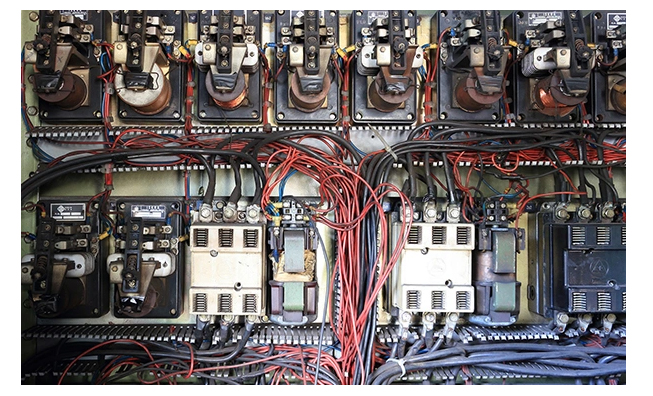Reverse protection circuit is a circuit design used to protect electronic devices or equipment from the effects of reverse power or ground faults. When the power or ground wires in the circuit are connected in the opposite direction, current may flow through the circuit, causing danger such as damage or fire. The reverse protection circuit can prevent this situation from happening. This article will introduce the working principle and application methods of reverse protection circuits.
working principle
The reverse connection protection circuit detects the voltage and current in the circuit to determine whether there is a reverse connection phenomenon. When the positive and negative poles of the power supply in the circuit are reversed, the voltage and current in the circuit will change, causing the reverse protection circuit to activate and cut off the current in the circuit to avoid damage to the circuit.
The reverse protection circuit usually includes a fuse, a resistor, and a diode. A fuse is used to detect the current in a circuit. When the current exceeds a certain value, it will automatically fuse and cut off the current in the circuit. Resistance is used to detect voltage in a circuit. When the power supply is reversed, the resistance value of the resistance will decrease, triggering the reverse protection circuit. Diodes are used to prevent reverse connections between the positive and negative terminals of the power supply, in order to prevent short circuits in the power supply.

Application method
Reverse protection circuits can be widely used in various electronic devices, such as audio devices, televisions, computers, etc. In audio equipment, reverse protection circuits can be used to protect speakers and power amplifiers. In televisions, reverse protection circuits can be used to protect picture tubes and power supplies. In computers, reverse protection circuits can be used to protect hard drives and displays.
In practical applications, the reverse protection circuit should be designed reasonably based on the characteristics of the actual circuit. For example, in audio equipment, the reverse protection circuit should be set before the power amplifier to prevent it from being affected by the reverse voltage. In computers, the reverse protection circuit should be set in front of the hard drive and display to prevent them from being affected by reverse voltage.
Reverse protection circuit is a very practical circuit that can be used to protect various circuits in electronic equipment, thereby improving the safety and reliability of the equipment. In practical applications, reasonable design should be based on the characteristics of the actual circuit to ensure that the reverse protection circuit can effectively protect various parts of the circuit.

